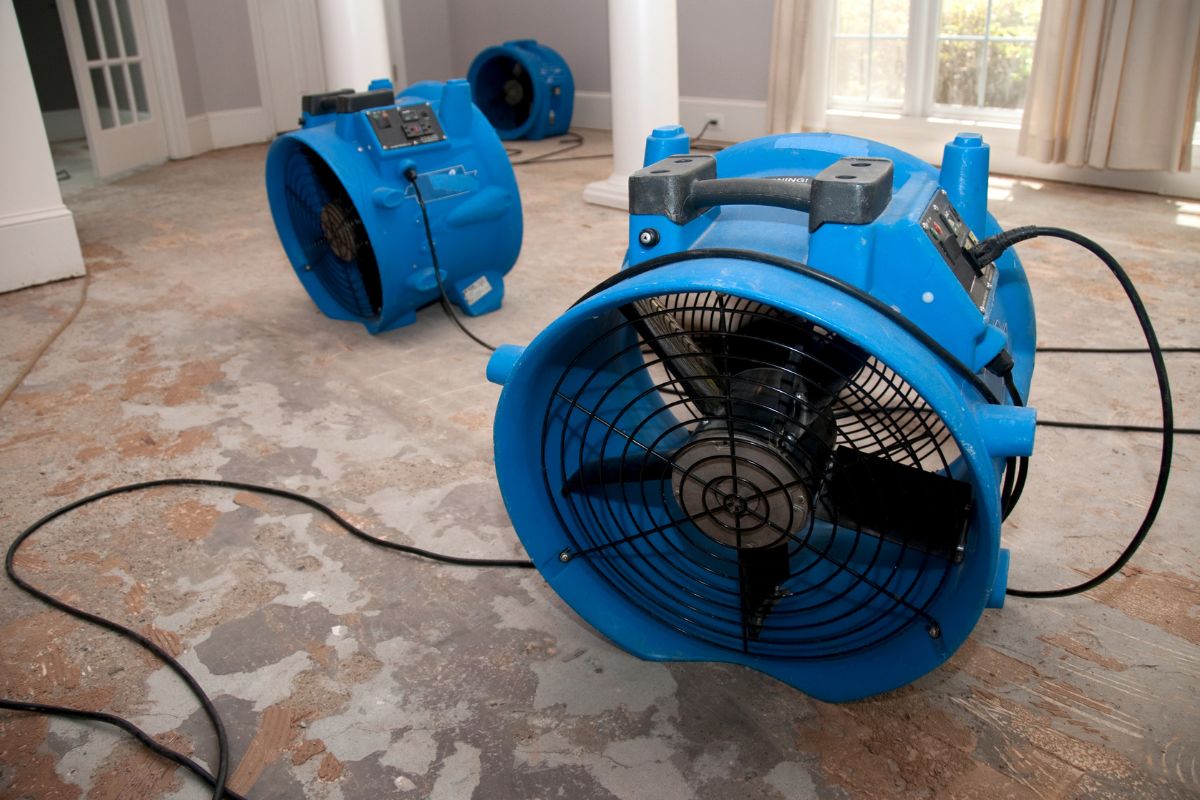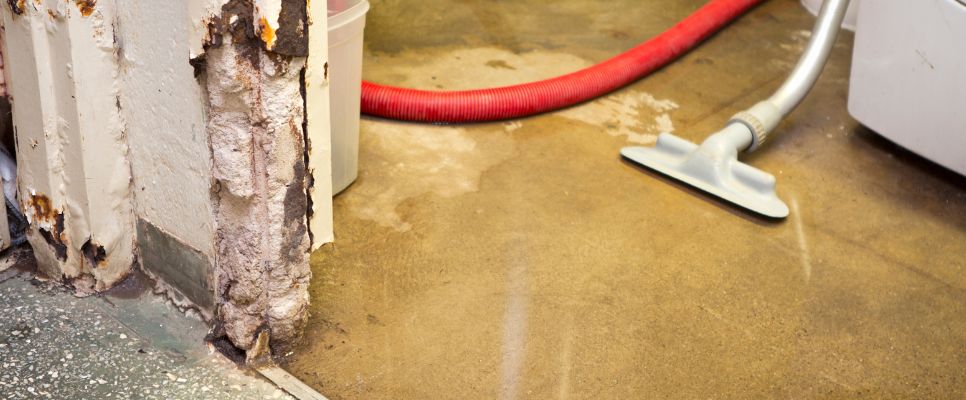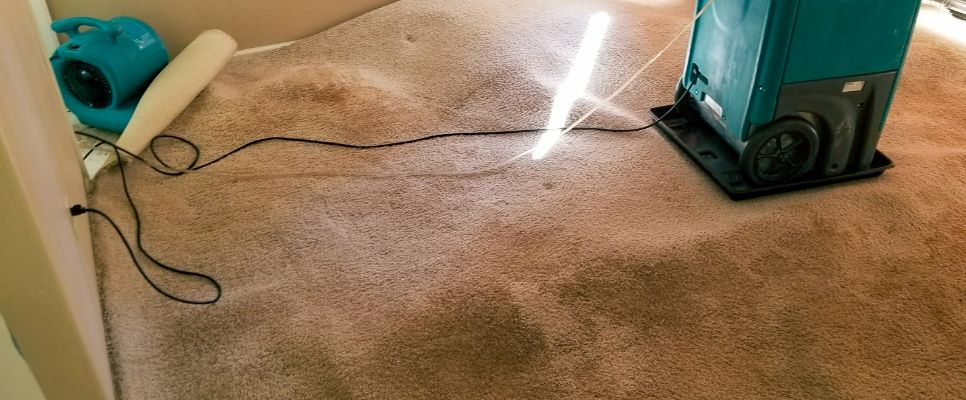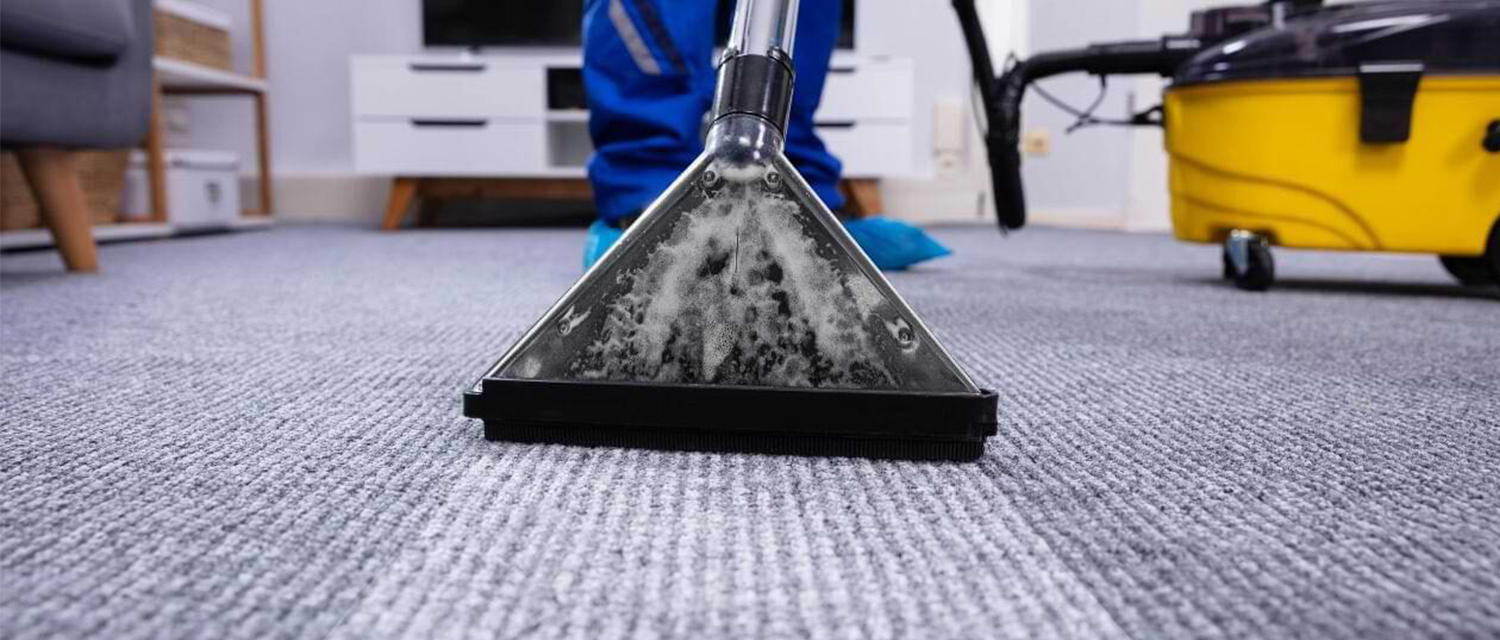Floods or water leaks are a homeowner’s disaster as they result in structural problems, expensive repairs, or mould which is dangerous for health. Heavy rain, occasional floods, and old buildings are characteristic of Australia and therefore it is important to know the costs that will arise from water damage restoration. This detailed guide helps you gain more knowledge on what you can anticipate when it comes to restoration costs and the different factors that affect the cost of restoration services including the level of water damage, type of water and the cost of labour in the area.
To make the best out of your water damage situation it is essential to understand the pricing scale, type, and the whole restoration process. We will also offer guidelines that one should consider to reduce avoidable expenses when undertaking restoration services. So, as an informed homeowner, you can prevent any more mishaps to your home and your money by acting on the remedies of water damage so you can bounce back to normal and be secure from further damage in the future.
Factors that Affect Water Damage Restoration Cost
Without this comprehension, a homeowner may not avoid the aspects influencing the expenses associated with water damage restoration. Here’s a detailed overview:
Extent of Damage:
The degree of water damage is one of the greatest cost drivers. Slight leakage problems may only need to be cleared up with some drying and other initial work, which can range from $1,500 up to $3,500. Flooding with moderate impact which damages more than one room lies between $3,500 and $7,000; if the flooding is severe, it might be above $7,000 in some cases or $20,000 at its most extreme.
Type of water and their damage cost:
The kind of water in a damage incident can greatly affect the kind of restoration approaches and the money involved. Here’s a breakdown of the three main types of water and the associated damage costs:
a. Clean Water (Category 1)
Source: Such water is tap water from a source without contaminant substances like a burst pipe, a running tap or even rainwater.
Typical Service Range: $1,500 - $4,000
Compared to other categories the costs are comparatively low.
b. Gray Water (Category 2)
Source: They are moderately contaminated water that is sourced from areas such as a washing machine, dishwasher, or sink. It may bring discomfort or even an illness if taken internally.
Typical Range: $2,500 - $6,000
c. Black Water (Category 3)
Source: Black water is very dirty, and often from a sewer overflow, from flooding, or from water that comes from a toilet. This type poses definite health risks.
Typical Range: $5,000 - $20,000+
Expenses are bigger because they often require a cleaning of the items and possibly replacement of materials if they get ruined.
Location of Damage:
The location of the damage influences the cost of labour. Needless to say, accessible areas are less costly to repair because the damage is very visible, but the damage that is behind walls or crawl spaces will cost much more because of the amount of work that will be required to access the area and repair the damage.
Materials and Labour:
Costs are influenced by the wages of locally available workers and the quality of materials applied. It is estimated that labour costs fall between $50 and $150 per hour; moreover, though less prone to depreciation, better quality materials co-presupposes higher initial investment.
Drying and Dehumidification:
Mould should be prevented thus requiring proper drying of the surfaces that need to be cleaned. While rental equipment had a cost of $100 – $500 per day, professional drying services cost between $1,000 – $3,000.
Mould Remediation:
Delaying action on water damage can cause mould which will result in a costly mould removal which can range from $500 to as high as $6,000.
Thus, understanding those factors will enable homeowners to estimate the costs of restoration and act with a greater degree of haste to mitigate losses incurred.
Average Prices for the Water Damage Repair in Australia
Here’s a breakdown of average restoration costs based on the severity of the damage:
1. Minor Water Damage: $1,500 - $3,500
A low level of water contamination occurs in just one area of the property and thus, it requires only small amounts of repair and evaporation.
2. Moderate Water Damage: $3,500 - $7,000
Very typical, where several rooms had experienced water impact, significant amounts of drying needed, and some simple fixations.
3. Severe Water Damage: $7,000 - $20,000+
Severe water loss or black water where extensive repair, rebuilding or reinstallation of parts of the structure and elimination of mould growth.
Additional Costs to Consider:
- Insurance Deductibles: Water damage might be covered by homeowners insurance, but the amount deducted should be noted as one has to pay for this part.
- Emergency Services: Sometimes if the service is needed when the regular business time is over or on the weekend the price might be higher.
- Permits and Inspections: There are times when local permits or inspections may be needed in some restoration projects making it costly.
Conclusion
The knowledge of the intricacies involved in water damage claims and the costs they attract is something that every homeowner must consider. Some costs you need to consider even before engaging the services of any water damage professionals.
When it comes to decision-making on the type of water involved and the kind of repair work required, having the information can go a long way in aiding your decisions. Clean water events therefore are cheaper to manage and easier to rectify compared to gray and black water issues due to potential health hazards associated with them.
Preventable measures, which can be taken on the premises include timely checkups and putting in place protective barriers that will prevent water damage and their attendant costs. In the case of an accident, quick response and professional help are equally important to reduce the extent of the damage and the quality of the restoration.




![How Much Does House Cleaning Cost? [2025]](https://servicetasker.com.au/storage/2024/01/1704178979.jpg)





